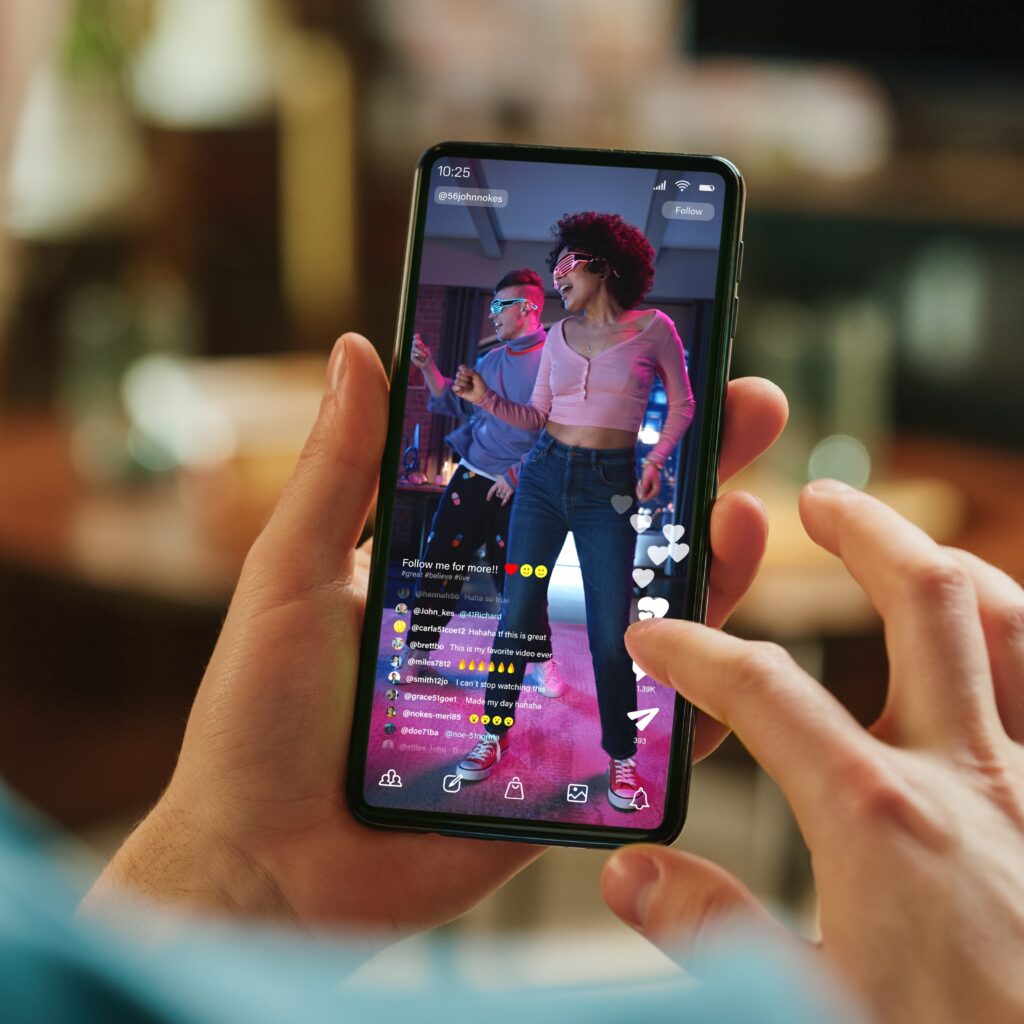In the heart of Long Island’s dynamic market, measuring video marketing success goes far beyond counting views. It’s about understanding impact, refining strategy, and ensuring every frame delivers value. This guide explores the metrics, tools, and localized tactics needed to evaluate, plus escalate, your video campaigns effectively.
A standout video may capture attention, but long-term value comes from tracking its actual impact. In a region like Long Island, the ability to measure outcomes is as important as the creative itself. At Vertigo Marketing Group, we turn creative vision into measurable performance. Let’s break down how to assess the effectiveness of your video marketing campaigns, from view counts to conversion metrics.
Why Video Measurement Goes Beyond Aesthetics
Compelling visuals and narrative structure help you connect, but without reliable data, it’s difficult to know if your audience is responding or even how. Measuring success allows marketers to refine their strategies, budget smarter, and understand what content truly works.
Metrics provide a feedback loop that informs decisions about tone, format, and audience segmentation. It’s not just about counting likes or shares; it’s about uncovering what encourages your audience to act and identifying areas for creative or strategic improvement.
Core Video Marketing Metrics to Focus On
Engagement Signals
A video view is a start, but meaningful engagement is what drives growth.
- Watch Time and Average View Duration: Indicates how long your audience stays with the content. Early drop-offs often point to weak openings or mismatched expectations.
- Play Rate: Measures how many people chose to press play after seeing the video. A low rate might suggest the need to improve your thumbnail, title, or placement.
- Social Interactions: Reactions like shares, comments, and saves can signal emotional impact and relevance especially in tight-knit markets like Long Island.
Conversion Metrics
Storytelling is more powerful when it drives a response.
- Click-Through Rate (CTR): Tells you whether viewers are motivated by your call to action.
- Form Fills and Purchases: Indicates if viewers are taking the next step (submitting contact info, scheduling a consultation, or completing a sale).
- Attribution Models: Reveal how videos contribute to multi-touch customer journeys. Even if a video doesn’t close the sale, it might spark initial interest.
Financial Performance
Ultimately, video marketing should contribute to the bottom line.
- Cost Per Acquisition (CPA): Shows what it costs to gain a new lead or customer from your video content.
- Return on Ad Spend (ROAS): Compares the revenue generated to the cost of distribution and production.
- Customer Lifetime Value (LTV): Helps determine how much value each customer brings over time, guiding how much to invest in acquisition.
Tools and Methods to Measure Campaign Success
Analytics Platforms
- Video Hosting Services: Provide in-depth analytics like heatmaps, viewer paths, and re-watch rates.
- Google Analytics: Tracks how video viewers move through your website, helping you identify drop-off points or conversion triggers.
- YouTube and Social Media Insights: Offer valuable data on viewer demographics, engagement patterns, and video performance over time.
Testing and User Feedback
Testing removes guesswork and provides clarity.
- A/B Testing Options:
- Vary video length to see what your audience prefers.
- Change CTA placement to test effectiveness.
- Compare creative styles such as narrative-led content versus product demos
- Feedback Tools:
- Post-video surveys that capture audience impressions.
- Polls embedded within videos.
- Monitoring comments and sentiment on social platforms.
Campaign Adjustments
Use the data to make informed shifts:
- Modify thumbnails, headlines, or CTAs for a stronger response.
- Pause videos with weak performance to conserve budget.
- Adjust timing based on audience behavior—Long Island viewers may be more responsive in the evenings or during local events.
Localizing Your Strategy for Long Island
Understanding Long Island’s character helps tailor your approach.
Cultural Relevance
- Local References: Mention regional landmarks or traditions (Fire Island ferry, Huntington Village, or summer festivals) to foster connection.
- Community Events: Anchor your campaigns to occasions like Long Island Restaurant Week or Hamptons film screenings.
- Local Voices: Featuring area residents or businesses in testimonials builds familiarity and trust.
Structuring Your Measurement Plan
Set Clear Goals
Begin with specific objectives (brand awareness, lead generation, or direct sales) and plan your content accordingly.
Align Metrics With Objectives
If the goal is visibility, monitor impressions and view rates. For conversions, track CTR, form submissions, and resulting revenue.
Use Benchmarks
Compare performance with past campaigns or industry norms to set realistic expectations and goals.
Enable Tracking From the Start
Embed UTM parameters, use trackable links, and ensure analytics tools are integrated before publishing.
Optimize Continuously
Review weekly or bi-weekly. Tweak creative elements, shift audience targeting, and test new formats based on your findings.
Performance Snapshot Table
| Stage | Key Metrics | Tools & Tactics |
| Awareness & Reach | Impressions, play rate, reach | YouTube Insights, GA, platform analytics |
| Engagement | Watch time, view completion | Vimeo heatmaps, A/B test variations |
| Conversion | CTR, leads, purchases | UTM tracking, goal completions, surveys |
| Revenue & ROI | CPA, ROAS, LTV | CRM integration, financial analysis dashboards |
Final Thoughts
Video campaigns work best when their outcomes are measurable, actionable, and relevant to the audience. For businesses across Long Island, success lies in blending creative energy with local insight and data-driven decisions. Want campaigns that don’t just look good—but deliver real results? Go with Vertigo – Contact us today!
FAQ
What are the most important video marketing metrics to track?
Key metrics include watch time, play rate, CTR, conversions, and ROAS. These reveal how engaged viewers are and how well the video drives action and revenue.
How can I tell if my video is converting viewers into customers?
Monitor click-through rates, form submissions, and purchases attributed to your video. UTM tracking and integrated analytics help measure these actions accurately.
What tools can I use to measure video performance?
Use Google Analytics for web behavior, YouTube or social media insights for engagement, and video platforms like Wistia or Vimeo for viewer heatmaps and playback data.
How does localizing content for Long Island improve video results?
Featuring local references, community events, and regional voices creates stronger connections, improving both engagement and conversion among Long Island audiences.
What’s the best way to optimize a video campaign over time?
Set clear goals, review data regularly, and adjust CTAs, thumbnails, or posting times. Use A/B testing and viewer feedback to refine content for better performance.













